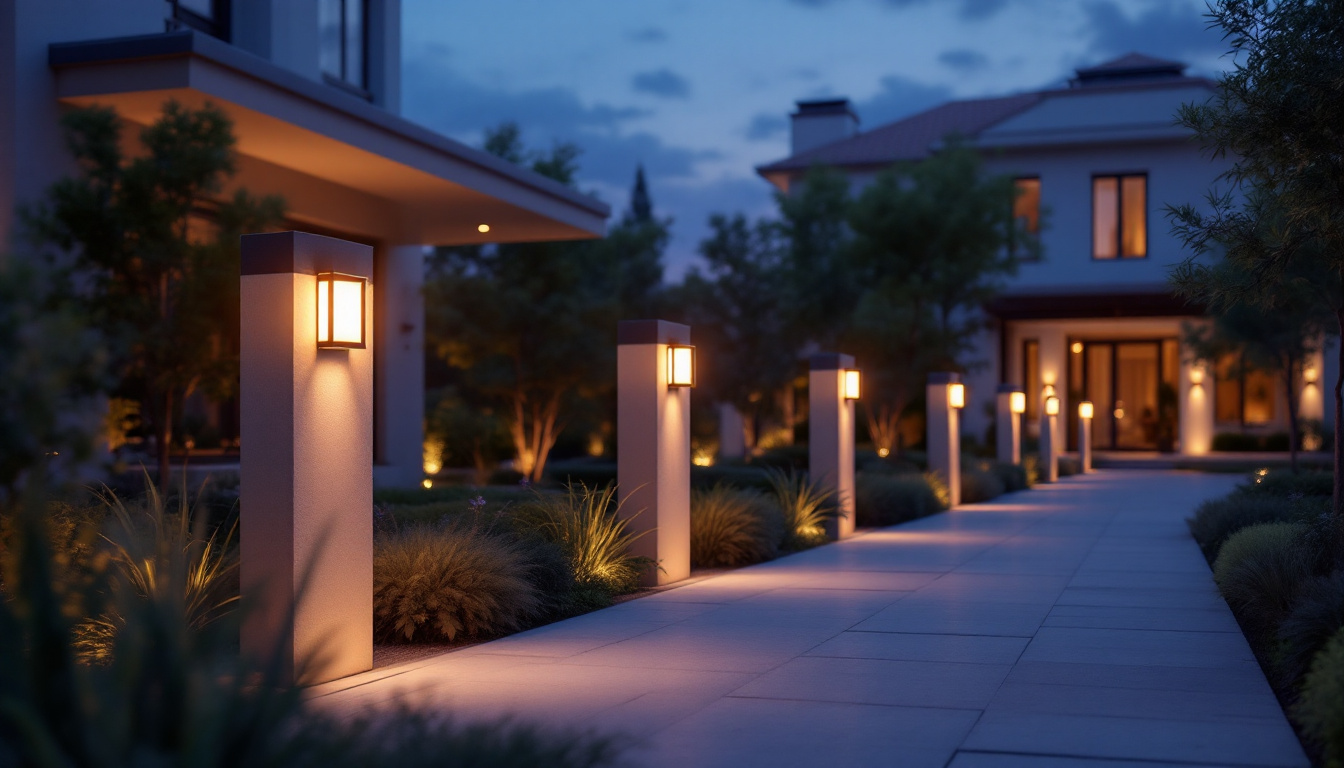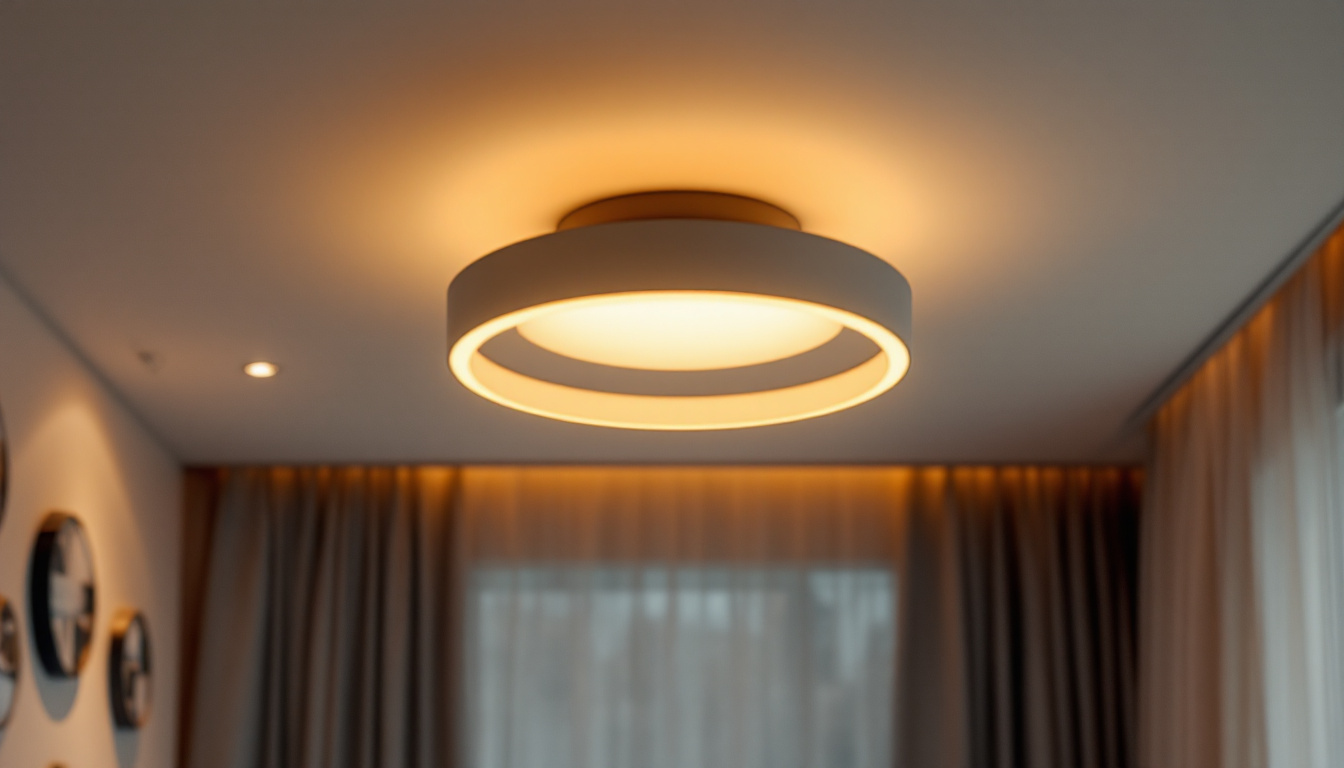
Cathedral ceilings are a striking architectural feature that can elevate the aesthetic appeal of any space. Characterized by their sloped design that reaches a peak at the center, these ceilings create a sense of openness and grandeur. However, the unique structure presents specific challenges when it comes to effective lighting solutions. Traditional lighting fixtures often fall short in illuminating these expansive areas, leaving them feeling dim and uninviting.
Incorporating the right lighting elements is crucial to enhance the beauty and functionality of a room with a cathedral ceiling. This is where can lights come into play, offering a sleek and modern solution that complements the architectural design while providing ample illumination.
Can lights, also known as recessed lights, are a popular choice for many lighting projects due to their versatility and unobtrusive design. Unlike traditional fixtures that hang from the ceiling, can lights are installed within the ceiling itself, creating a clean and streamlined look. This is particularly advantageous in spaces with cathedral ceilings, where the goal is often to maintain an open and airy atmosphere.
One of the primary benefits of can lights is their ability to provide focused lighting. By strategically placing these fixtures, it is possible to highlight specific architectural features or artwork, drawing attention to the elegance of the space. Additionally, can lights can be fitted with adjustable trims, allowing for directional lighting that can be tailored to suit various needs. This adaptability not only enhances the visual appeal but also ensures that the lighting can be optimized for different activities, whether it’s reading, entertaining, or simply enjoying the ambiance of the room.
In today’s environmentally conscious world, energy efficiency is a significant consideration in any lighting project. Can lights are available in a variety of energy-efficient options, including LED models that consume significantly less power than traditional incandescent bulbs. This not only reduces energy costs but also extends the lifespan of the fixtures, making them a cost-effective choice in the long run.
Modern technology has also introduced smart lighting solutions that can be integrated with can lights. These systems allow for remote control and automation, enabling users to adjust lighting levels and color temperatures with ease. Such features are particularly beneficial in spaces with high ceilings, where manual adjustments can be cumbersome. Furthermore, the ability to program lighting schedules or sync with smart home systems enhances convenience and can create dynamic atmospheres, transforming a room from a bright, lively space during the day to a warm, cozy retreat at night.
Beyond functionality, the design of can lights can also contribute to the overall aesthetic of a room. Available in various finishes and styles, they can seamlessly blend into the ceiling or serve as a subtle design element. For those looking to make a statement, decorative trims or colored LED options can add a unique flair, allowing homeowners to express their personal style while maintaining the elegance of their cathedral ceilings.
When planning a lighting project involving cathedral ceilings, several design considerations must be taken into account. The goal is to create a harmonious balance between functionality and aesthetics while ensuring that the lighting enhances the overall ambiance of the space.
The placement of can lights is critical in maximizing their effectiveness. For cathedral ceilings, it is essential to consider the height and slope of the ceiling when determining the spacing of the fixtures. A general rule of thumb is to space the lights approximately 6 to 8 feet apart, depending on the wattage and type of bulbs used. This spacing helps to avoid dark spots while providing an even distribution of light throughout the room.
Additionally, placing can lights closer to the walls can create a “wall-washing” effect, which enhances the perception of height and draws the eye upward. This technique can be particularly effective in highlighting architectural details or decorative elements that might otherwise go unnoticed.
The trim and finish of can lights play a significant role in the overall aesthetic of the space. There are various options available, including baffle trims, reflector trims, and adjustable trims, each offering a different visual effect. For cathedral ceilings, adjustable trims can be particularly beneficial, as they allow for directional lighting that can be aimed at specific features.
In terms of finish, consider the existing décor and color scheme of the room. Sleek, white finishes tend to blend seamlessly with most ceilings, while metallic finishes can add a touch of elegance. Selecting the right trim and finish can enhance the overall design and ensure that the lighting complements the architectural beauty of the cathedral ceiling.
One frequent oversight is failing to incorporate dimming options into the lighting design. Dimmers allow for greater control over the ambiance of a space, enabling users to adjust the lighting based on the time of day or specific activities. In rooms with cathedral ceilings, where natural light can vary significantly, having the ability to dim the lights can enhance comfort and functionality.
Moreover, dimmable can lights can help to create a more inviting atmosphere, particularly in social settings. By providing flexibility in lighting levels, contractors can ensure that the space is suitable for various occasions, from bright and lively gatherings to intimate dinners.
Another common mistake is neglecting the impact of natural light on the overall lighting design. Cathedral ceilings often feature large windows or skylights that can flood a room with daylight. It is essential to consider how this natural light will interact with the artificial lighting provided by can lights.
When planning the layout, contractors should take into account the times of day when natural light is most prevalent. This can help in determining the appropriate brightness levels for the can lights, ensuring that the space remains well-lit even during the brightest hours.
Proper installation is key to achieving the desired lighting effect in cathedral ceilings. Here are some tips to ensure a successful installation process.
Using the right tools is essential for a smooth installation. A stud finder can help locate ceiling joists, ensuring that can lights are securely mounted. Additionally, a laser level can assist in achieving precise alignment, particularly important in sloped ceilings where uneven surfaces can complicate the installation process.
Contractors should also consider using a hole saw specifically designed for cutting drywall. This tool will create clean, precise openings for the can lights, minimizing the need for additional touch-ups after installation.
Wiring can be particularly challenging in cathedral ceilings due to the height and slope. It is crucial to ensure that all electrical connections are secure and compliant with local building codes. Using junction boxes rated for ceiling installation can provide added safety and reliability.
Furthermore, it is advisable to use insulated wiring to prevent any potential hazards associated with heat buildup in enclosed spaces. Properly securing and organizing wiring will not only enhance safety but also facilitate easier access for future maintenance or upgrades.
Beyond functionality, can lights can significantly enhance the aesthetic appeal of a room with a cathedral ceiling. By carefully considering the design elements, contractors can create a visually stunning environment that complements the unique architectural features of the space.
Layering different types of lighting is an effective way to add depth and dimension to a room. In addition to can lights, incorporating other lighting elements such as pendant lights, wall sconces, or chandeliers can create a more dynamic lighting scheme. This layered approach not only enhances the visual interest of the space but also allows for greater versatility in lighting options.
For instance, pendant lights can be used to draw attention to specific areas, such as dining tables or kitchen islands, while wall sconces can provide ambient lighting that softens the overall atmosphere. By combining these elements with strategically placed can lights, contractors can achieve a well-rounded lighting design that highlights the beauty of the cathedral ceiling.
The color temperature of the lighting can also influence the mood of a room. Can lights are available in various color temperatures, ranging from warm white to cool daylight. Selecting the appropriate color temperature can enhance the overall ambiance and complement the design aesthetic.
Warm white lighting creates a cozy and inviting atmosphere, making it ideal for living spaces and bedrooms. In contrast, cool daylight lighting is more energizing and is often preferred in workspaces or kitchens. By thoughtfully choosing the color temperature of the can lights, contractors can help set the desired mood for the space.
Cathedral ceiling can lights are indeed the missing piece in many lighting projects, offering a blend of functionality and aesthetic appeal that can transform a space. By understanding the unique challenges presented by cathedral ceilings and incorporating the right lighting solutions, contractors can create environments that are both beautiful and practical.
From careful placement and spacing to selecting the right trims and finishes, every detail matters in achieving the perfect lighting design. By avoiding common pitfalls and utilizing best practices for installation, contractors can ensure that their projects not only meet but exceed client expectations.
Ultimately, the right lighting can enhance the architectural beauty of cathedral ceilings, creating inviting spaces that leave a lasting impression. Embracing the versatility and elegance of can lights is a step toward achieving lighting excellence in any project.
Ready to elevate your lighting projects with the perfect cathedral ceiling can lights? LumenWholesale is here to support you every step of the way. Our extensive selection of spec-grade lighting products ensures you have access to the highest quality options at wholesale prices that simply can’t be beaten. Say goodbye to middleman markups and hello to reliable, high-performance lighting that meets your project’s needs and budget. Plus, with free shipping on bulk orders, you can stock up on premium lighting without worrying about hidden fees. Don’t compromise on quality or value—choose LumenWholesale for Wholesale Lighting at the Best Value and make a lasting impression with your cathedral ceiling lighting solutions.

Discover the essential best practices lighting contractors use to enhance outdoor spaces with exterior post lighting.

Discover the essential steps to effectively train your team in using dimmer switches for LED lights.

Discover the essential checklist for lighting contractors to master outdoor flood light installations.

Discover how round ceiling lights can enhance your business profitability in this comprehensive guide for lighting contractors.